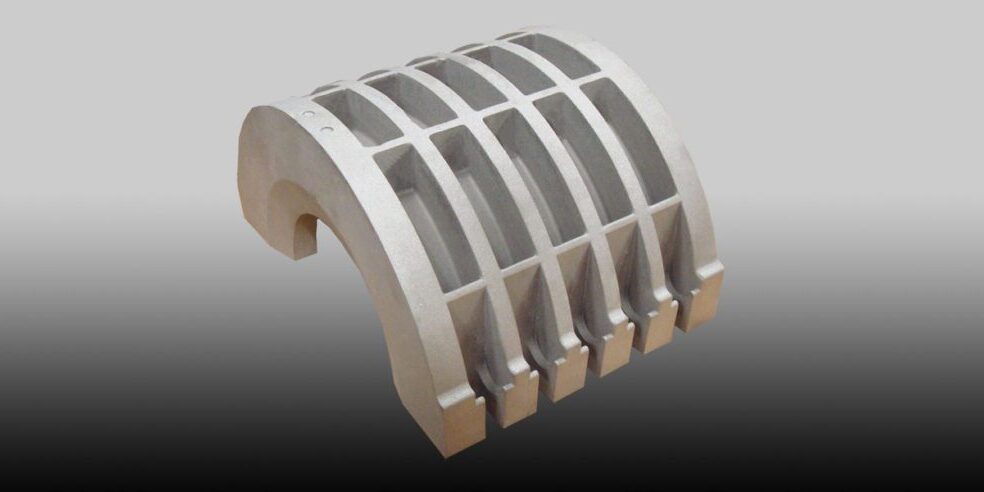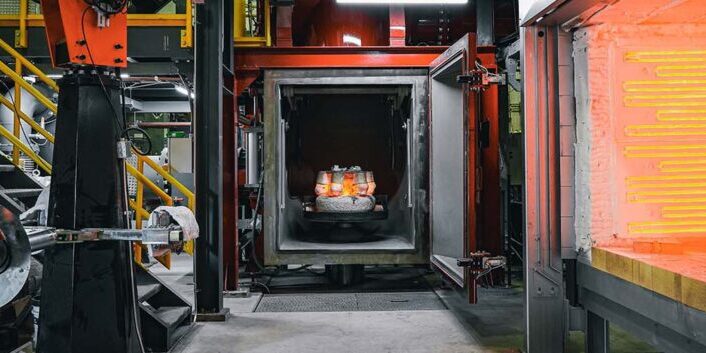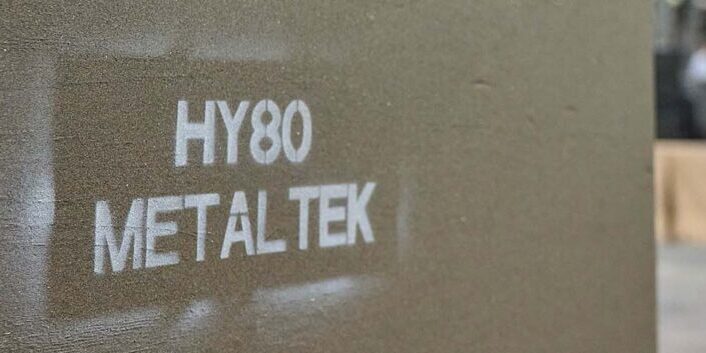Blog 5 Examples When Castings Were Better Option vs. Fabrication or Forging
By: Dave Olsen
Partnering with a supplier that brings a full range of metalworking processes lets you be confident that you are getting the best metalworking advice – and not just being sold on an idea because it is the only answer a supplier has. The replacement of multi-piece weldments or highly-machined hogouts by single piece castings has been proven time and again to be one of the most effective ways to reduce real product cost. Here are just five real-life examples of when the casting process was a better choice for the customer than a fabrication or forging.
- Centrifugal Casting Replaced Complex Fabrication
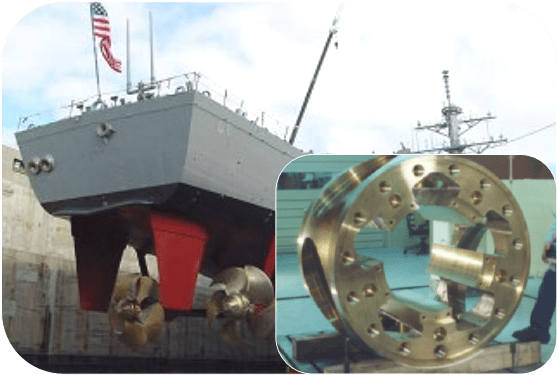
Controllable pitch propulsion (CPP) systems provide the ability to alter the angle of the ship’s propeller while in use, allowing for different performances during cruising and maneuvering. A centrifugal hub provides the strength and size needed to transfer up to 50,000 shaft horsepower to five attached propeller blades. The hub and 15 other accessories that MetalTek produces for the CPP must perform in corrosive environments for the life of the vessel. Fabrications previously used were very intricate, with multiple pieces and welds, and much machining. The single-piece nickel aluminum bronze hub that MetalTek has supplied for 35 years is the largest, most complex centrifugal casting ever produced. The use of a single piece part in this application eliminates welded joints and defects in those fabrications that are only discovered after finished machining.
- Fabrication Could Not Achieve Dimensional Stability
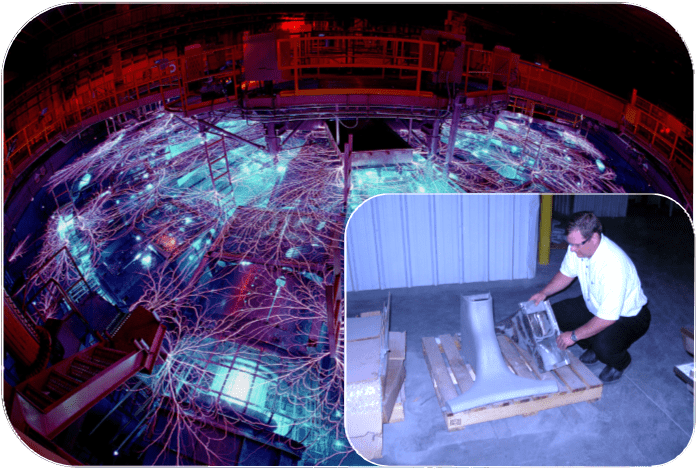
International research, including that done in conjunction with the DOE, strives to create conditions in the lab necessary to support nuclear fusion. Huge machinery, such as the “Z-Machine”, can create temperatures of 2.9 million °F (1.6 million °C) for fractions of a second. Integral components must have the ability to conduct electricity and perform in the machine’s water cooling system. Attempts to use fabrications in those applications were abandoned because dimensional stability could not be achieved. The customer came to MetalTek for a casting solution, a particularly challenging one because of the product’s large size. MetalTek specializes in large investment castings, and now supplies products with better dimensional consistency than was available with a fabrication.
- Centrifugally Casting: Cost-Effective Choice For Ball Valves
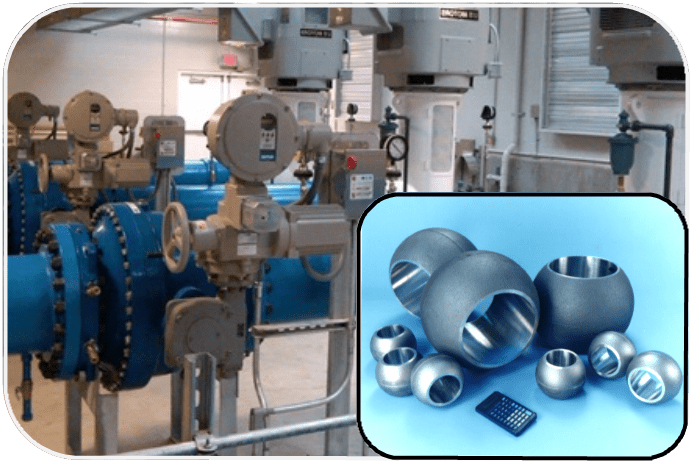
A ball valve manufacturer came to MetalTek because they were facing a common dilemma. Needing a ball in a specialty alloy offered only unattractive alternatives. Because of the material, purchasing a mill run to produce a forged ball was cost-prohibitive. Machining a spherical component from a cylinder is a difficult choice, and there are static casting challenges when producing a sphere both because of heavy wall sections and varying wall thickness. Fortunately, MetalTek offered the most logical of solutions. With ball tooling already available for sizes ranging from 2” through 38”, there was no tooling lead time or cost. Being a master melter, MetalTek was able to produce any quantity the customer needed (eight in this case) in the alloy they specified. And MetalTek provided proof machined bores with an as-cast O.D. that the customer finish machined to their specs in house.
- Investment Casting Saved Time & Money
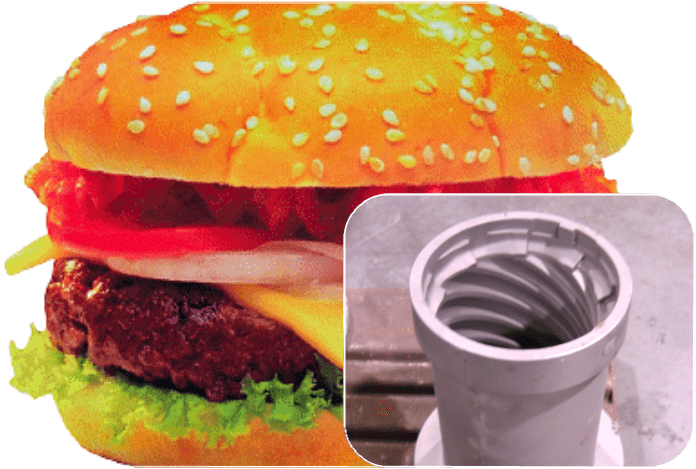
Fabrications require extensive blacksmithing, welding, and polishing manpower to produce a part that meets stringent USDA surface finish and specified design requirements. Even when those requirements can be achieved in fabrication, the end product can often vary lot-to-lot, making interchangeability and consistent performance an issue. MetalTek’s Wisconsin Investcast Division successfully converted a complicated fabrication into a single large investment casting. This 280 lb. (127 kg) stainless steel casting features nine spiraling flutes that contour along its entire length and contain as-cast surfaces that satisfy USDA requirements. As a result, the customer has enjoyed the benefits of significant labor savings, manufacturing capacity, consistency of production parts, and increased process throughout.
- Converting to Castings Helped Achieve Cost Reduction
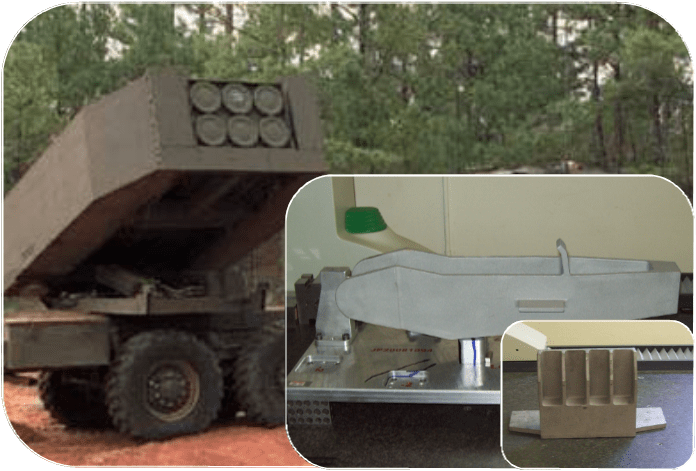
The drive to reduce costs is a relentless effort for nearly all manufacturers. In the case of purchased components, the determination of comparative cost is relatively simple. Comparing the cost of alternative methods of manufacture for a component or set of components is more difficult. But the replacement of multi-piece weldments or highly-machined hogouts by single-piece castings has been proven time and again to be one of the most effective ways to reduce real product cost. A major U.S. defense contractor enlisted MetalTek’s assistance for a technical and manufacturing review of key components to target ones most likely to contribute to their cost reduction goals. A number met the customer’s cost and quality criteria and have subsequently been tooled and converted to production castings, with an average all-in cost reduction of more than 15%.
AND TWO BONUS EXAMPLES
- Customer Had Issues With Forgings Failing Prematurely
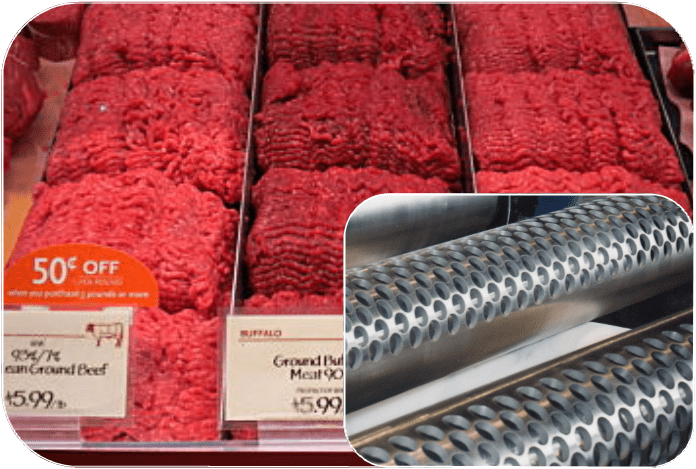
In the food processing industry, the production of ground meat is one of the most demanding applications. Meat is forced through a network of small holes in a cylinder by a rotating Archimedes screw. Pressure on the cylinder wall is considerable, and the spaces between the holes are very thin. Forgings used in this application fail prematurely – cracks occur and tend to propagate due to the uni-directional grain structure in a forging. Centrifugal castings have replaced forgings in this application because the grain structure of centrifugal casting is multi-directional. It is highly resistant to both crack initiation and propagation. Changing to a MetalTek centrifugal casting in this application saved the customer money, both in purchase cost and increased life of the product in service.
- Customer Had Issues With Fabricated Mandrels Distorting
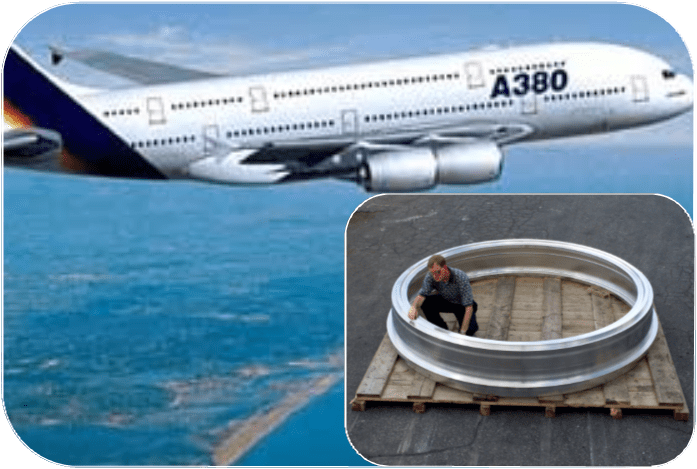
Composite and sheet metal structures used in aircraft components and aircraft engines are hot-formed around tooling that is typically a welded fabricated structure. Because of heat in the production process and the very large size of cases being produced, those tools are prone to deformation. This distortion results in tolerance and roundness issues in the finished part. The use of alloys such as Invar that resist thermal expansion and the homogeneous nature of centrifugals used in this application eliminate roundness concerns and provide a high quality finished part. MetalTek has provided castings to serve as tooling for a number of aircraft applications. Lab testing, as well as field performance, indicate that a centrifugal casting used for fan case tooling will provide five times the tool life of a traditional fabricated assembly.

